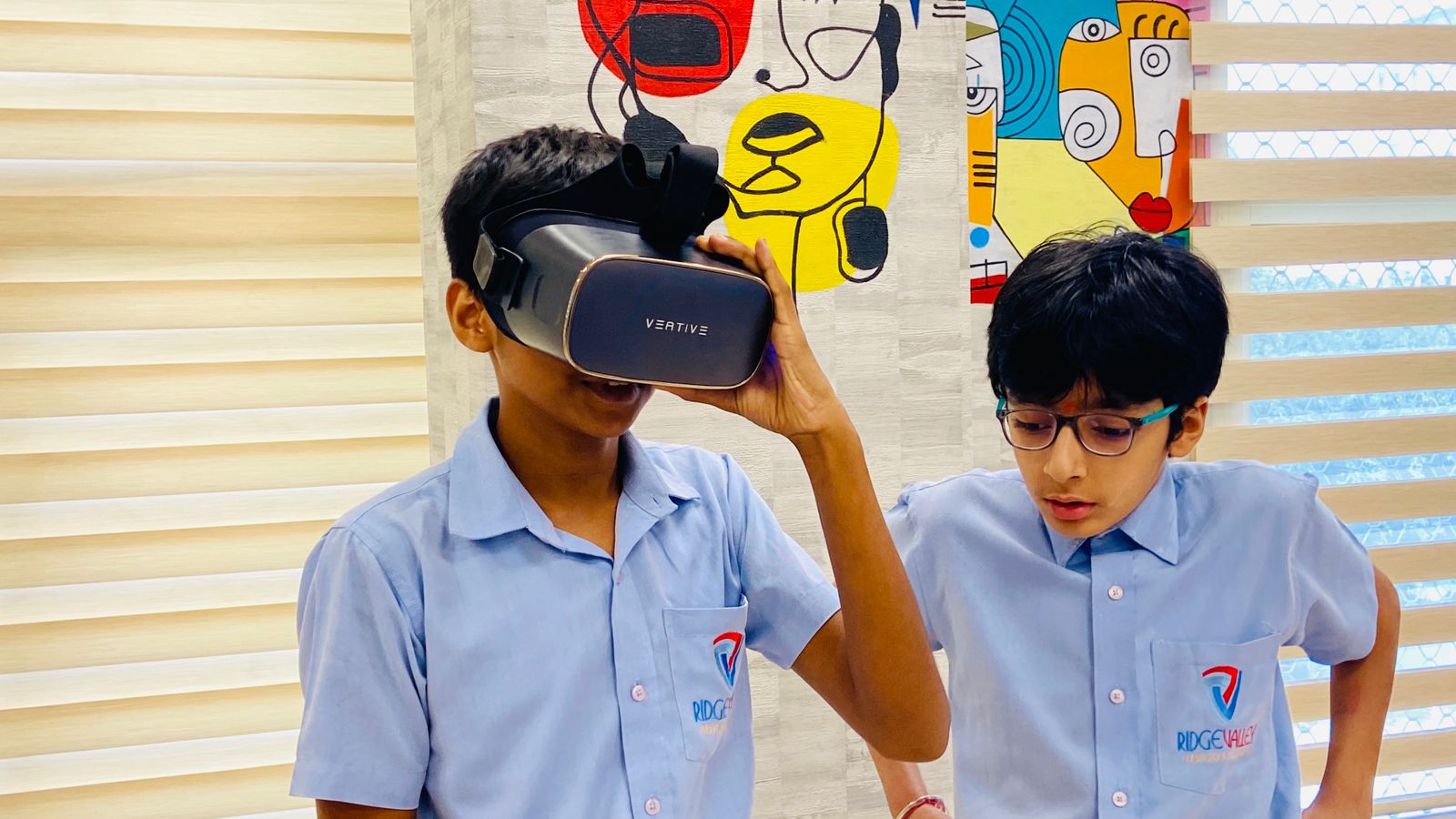In the ever-evolving landscape of education, the integration of Virtual Reality (VR) has emerged as a transformative tool, reshaping the way students engage with learning content.
Introduction: A Virtual Leap in Learning
Virtual Reality, once confined to the realms of gaming and entertainment, has now permeated the educational sphere, offering an immersive and interactive learning experience. The incorporation of VR technology in classrooms is transforming traditional teaching methods, creating a dynamic and engaging environment for students.
The Immersive Classroom Experience
One of the primary advantages of Virtual Reality in education is its ability to create immersive classroom experiences. Imagine history coming to life as students virtually explore ancient civilizations, or biology lessons taking a leap as students dive into the intricacies of the human anatomy. The immersive nature of VR captivates students, making learning a multisensory adventure.
Breaking Geographical Barriers
Virtual Reality has the power to break down geographical barriers, providing students with virtual field trips to historical landmarks, scientific laboratories, and cultural institutions. Students can explore the wonders of the world without leaving the classroom, broadening their perspectives and enriching their understanding of various subjects.
Hands-On Learning in a Virtual Realm
The concept of hands-on learning takes a leap forward with Virtual Reality. Whether it’s dissecting a virtual frog in biology class or experimenting with chemical reactions in a simulated laboratory, VR Lab in Schools allows students to engage in practical activities without the constraints of physical resources. This not only enhances the learning experience but also fosters a sense of curiosity and experimentation.
Adapting to Diverse Learning Styles
One of the strengths of Virtual Reality lies in its adaptability to diverse learning styles. Visual learners can benefit from the vivid and lifelike simulations, while kinesthetic learners can actively participate in virtual experiments. This personalized approach to learning ensures that students can absorb information in a way that resonates with their individual preferences and strengths.
Enhancing Collaboration and Communication
Virtual Reality creates a collaborative space where students can interact with each other and their virtual surroundings. Collaborative projects, virtual group discussions, and shared learning experiences foster a sense of community in the virtual realm. This enhances communication skills and prepares students for the collaborative nature of the modern workplace.
Overcoming Challenges with Virtual Learning
While the benefits of Virtual Reality in education are undeniable, it is essential to address potential challenges. Issues such as access to VR devices, the learning curve for educators, and the need for consistent technological advancements must be acknowledged. However, as technology evolves, these challenges can be mitigated, ensuring a more inclusive and accessible virtual learning environment.
Looking Ahead: The Future of Virtual Learning
As Virtual Reality continues to make inroads into education, the future looks promising. The ongoing development of VR applications, content, and devices will further enhance the educational experience. The integration of Artificial Intelligence (AI) and Augmented Reality (AR) with VR holds the potential to create even more sophisticated and interactive learning environments.
The integration of Virtual Reality in education marks a significant paradigm shift in the way we approach learning. While STEMROBO’s contributions to education are notable, the broader implications of VR in diverse educational contexts showcase its potential to revolutionize learning experiences globally. As we navigate this exciting frontier of virtual learning, the possibilities for innovative and immersive education are limitless.






